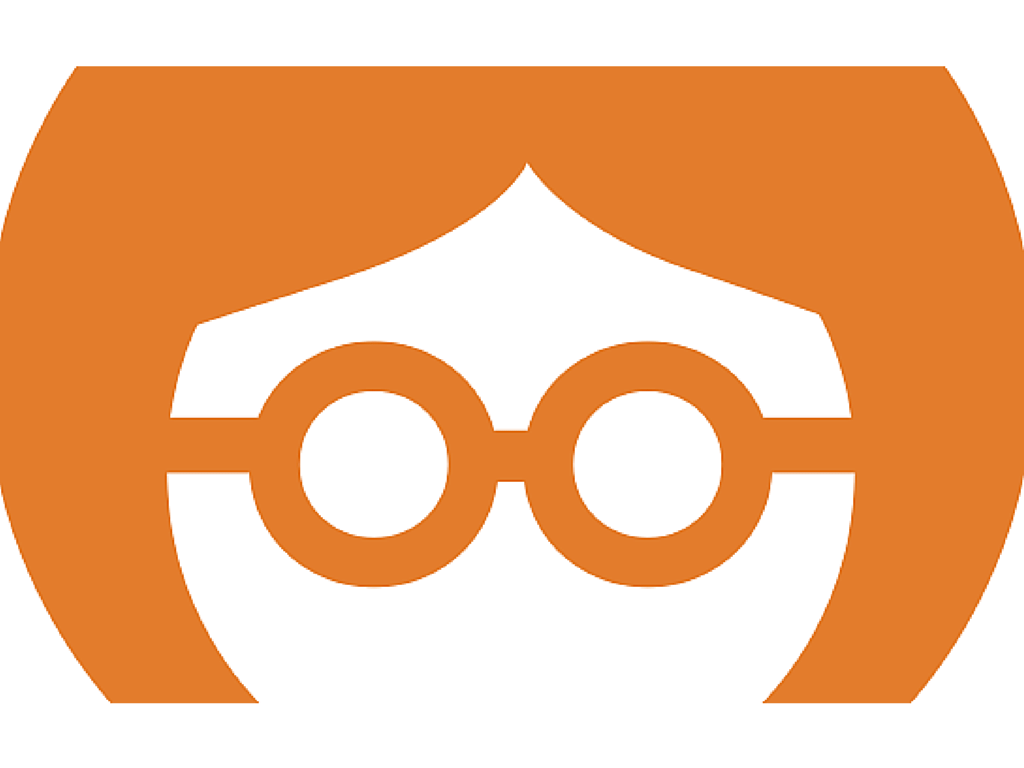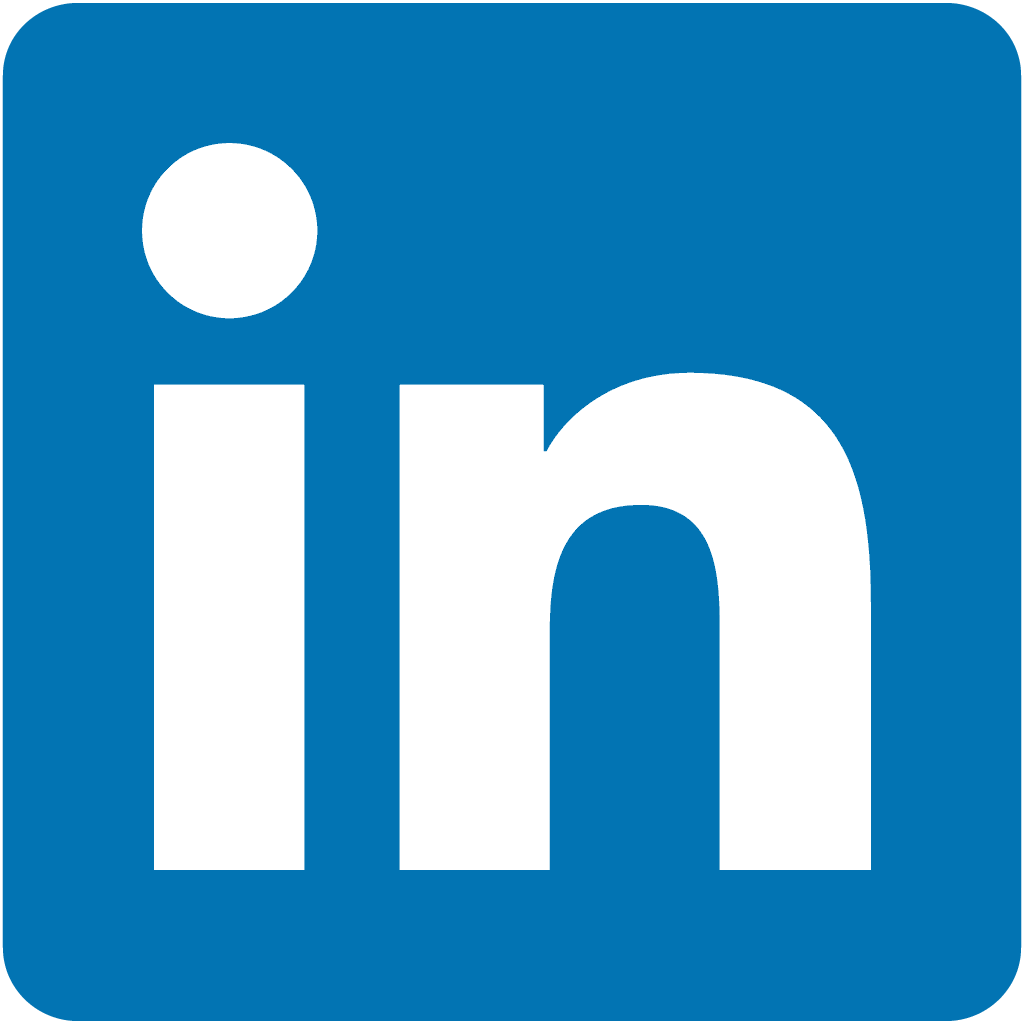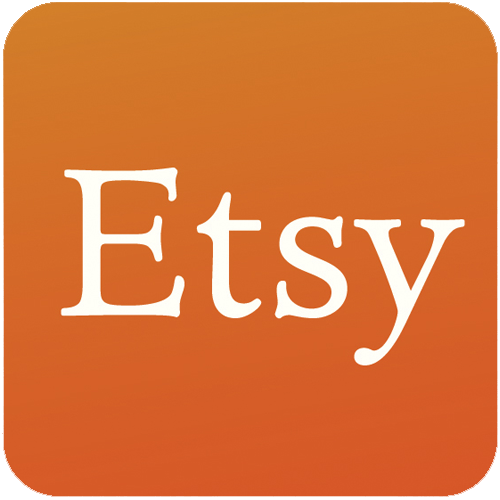Growing A Business Selling Surfboards As Pieces of Art
Hello! Who are you and what are you working on?
I’m David Dennis, I work for Microsoft in digital advertising, and I’m also the co-founder of Ventana Surfboards & Supplies.
Creating hollow, reclaimed wooden surfboards that are pieces of art and that perform well in the waves is at the core of what we do. And, we’ve created a line of apparel and surf supplies that match the boards and that fit with our brand values: Craftsmanship. Responsibility. Adventure. We give 5% of profits back to ocean conservation organizations.
We’re currently selling 10-12 boards a year at between $6000 and $9000 each to collectors and surfers alike. Our boards have tripled in value over the last three years, and we’re seeing success with our eco-apparel line and with products we’ve invented, like the Save-A-Surf Box.

Download the report and join our email newsletter packed with business ideas and money-making opportunities, backed by real-life case studies.

Download the report and join our email newsletter packed with business ideas and money-making opportunities, backed by real-life case studies.

Download the report and join our email newsletter packed with business ideas and money-making opportunities, backed by real-life case studies.

Download the report and join our email newsletter packed with business ideas and money-making opportunities, backed by real-life case studies.

Download the report and join our email newsletter packed with business ideas and money-making opportunities, backed by real-life case studies.

Download the report and join our email newsletter packed with business ideas and money-making opportunities, backed by real-life case studies.

Download the report and join our email newsletter packed with business ideas and money-making opportunities, backed by real-life case studies.

Download the report and join our email newsletter packed with business ideas and money-making opportunities, backed by real-life case studies.











































